pengayam-ayaman bali: An In-Depth Look at This Traditional Craft
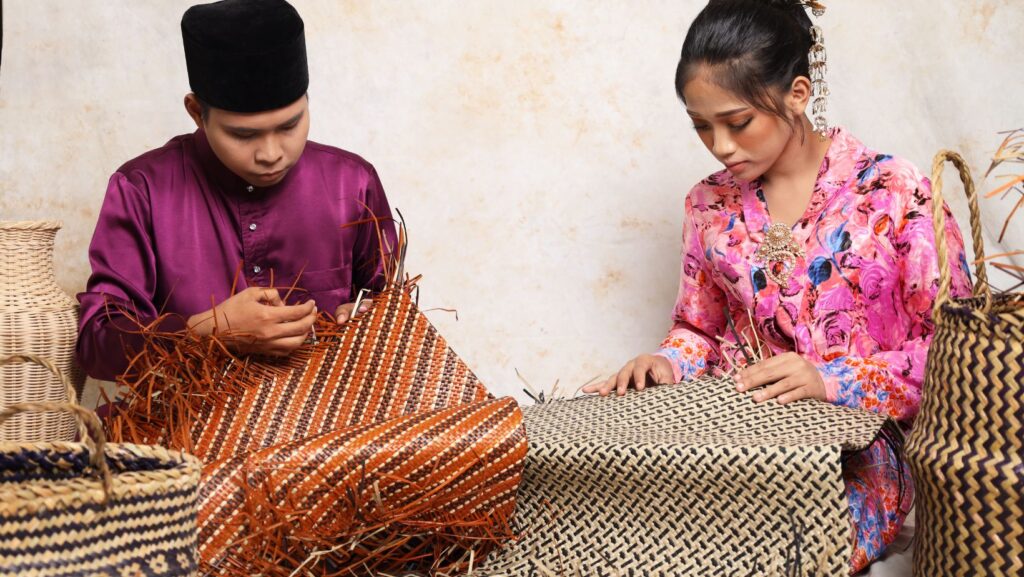
Enveloped in a rich tapestry of culture and colors, pengayam ayaman bali holds an esteemed place within the Indonesian archipelago. Its intricate design mirrors Bali’s vibrant heritage, revealing a narrative that stretches back centuries. Rooted in traditional Balinese artistry, Pengayam-Ayaman Bali is much more than just an aesthetic pleasure; it embodies a blend of craftsmanship, history, and cultural pride.
In essence, Pengayam-Ayaman Bali refers to the delicate art of Balinese chicken ornamentation. Ranging from vivid color combinations to elaborate patterns, these decorations are typically found adorning roosters during sacred rituals or cockfighting events – considered deeply significant within Balinese society. It’s here where aesthetics converge with tradition – creating a spectacle that’s as captivating as it is culturally poignant.
Drawing on its historical significance and visual appeal, Pengayam-Ayaman Bali doesn’t merely exist for decoration or sport—it serves as an enduring emblem of Bali’s cultural identity. This form of adornment stands testament to the island’s inherent creativity and spirituality—an indelible part of their communal fabric woven into every thread of these exquisite ornaments.
pengayam-ayaman bali
Contents
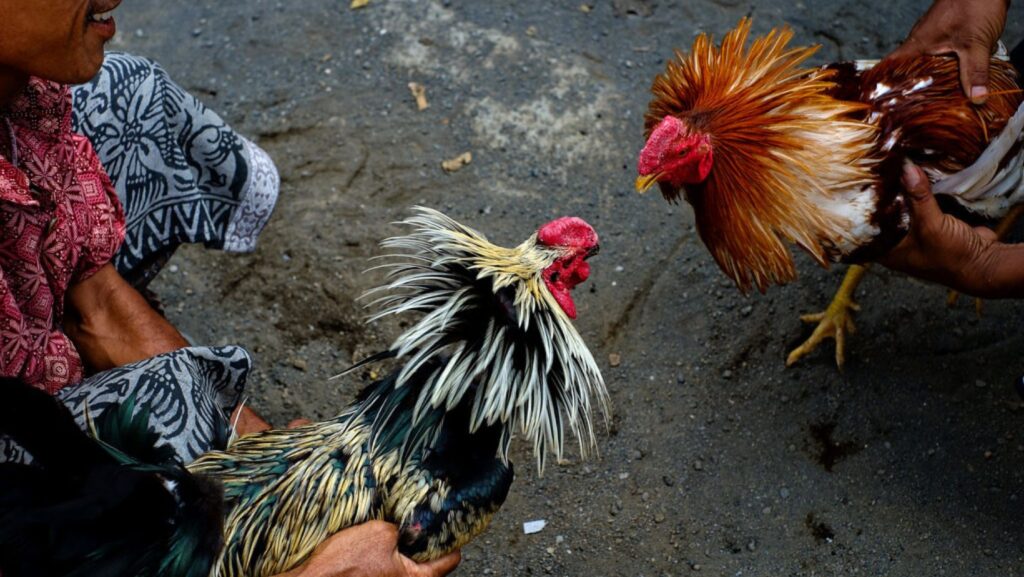
Diving into the rich cultural tapestry of Bali, one can’t help but notice a unique art form that has stood the test of time – Pengayam Ayaman. This traditional Balinese craft is centered around creating intricate designs on fabric, using a specialized dyeing technique.
At its core, Pengayam-Ayaman Bali flourishes as an embodiment of Bali’s artistic spirit. Artisans first sketch out complex patterns onto cloth, then meticulously fill in these outlines with vibrant dyes. It’s not just about the final product, though; it’s also about the painstaking process that mirrors patience and precision.
The history behind Pengayam Ayaman is equally captivating. It dates back to ancient times when artisans used natural dyes derived from plants to adorn their fabrics. Over time, synthetic dyes were introduced, broadening the color palette and introducing new possibilities for creativity.
While it’s easy to admire the beauty of Pengayam Ayaman creations, understanding their symbolic significance adds another layer of appreciation. Each color and pattern holds specific meanings within Balinese culture:

- Red symbolizes bravery and power
- Green represents life and fertility
- Yellow signifies sanctity and spirituality
- Blue connotes depth and stability
Moreover, different patterns are often associated with specific ceremonies or societal ranks in Bali.
In recent years, there has been a resurgence in interest for Pengayam-Ayaman Bali both locally and globally due to its uniqueness and cultural significance. Despite modern influences threatening this age-old tradition’s continuity at times, it remains resilient—much like the Balinese people themselves—and continues to be cherished as an integral part of Balinese heritage.
History of Pengayam-Ayaman Bali
Diving into the rich tapestry of Balinese tradition, we find the vibrant practice of Pengayam-Ayaman Bali. This age-old custom is a significant part of Balinese culture and has enthralled generations with its intricate designs and deep-rooted symbolism.
Origin of the Tradition
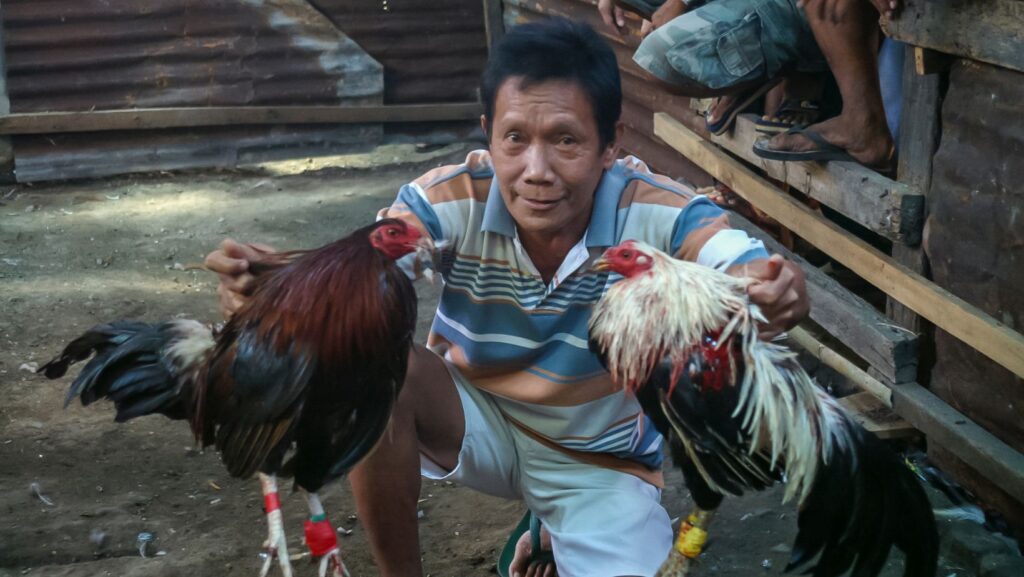
The tradition takes its roots from ancient times. It’s believed to have been practiced since the 9th century AD, marking it as one of Bali’s oldest traditions. The early artisans who began this craft were influenced by both Hindu and Buddhist philosophies, evident in the motifs they lovingly etched onto their creations.
This tradition was initially confined to royal circles, where skilled craftsmen would work diligently to create elaborate decorations for royal festivities. Over time, however, it gradually moved out from palace walls and became widespread among common people.
Cultural Significance
More than just an aesthetic endeavor, Pengayam Ayaman Bali holds a profound cultural significance. Each design carries a hidden meaning; they represent various aspects of life – be it spiritual beliefs or societal norms. For instance:
- The ‘Surya Majapahit’ motif symbolizes power and protection.
- Designs featuring ‘Wayang’ characters narrate epic tales from Mahabharata and Ramayana.
- Motifs like ‘Tumpal’, which features repetitive triangular patterns, signify harmony and balance in life.
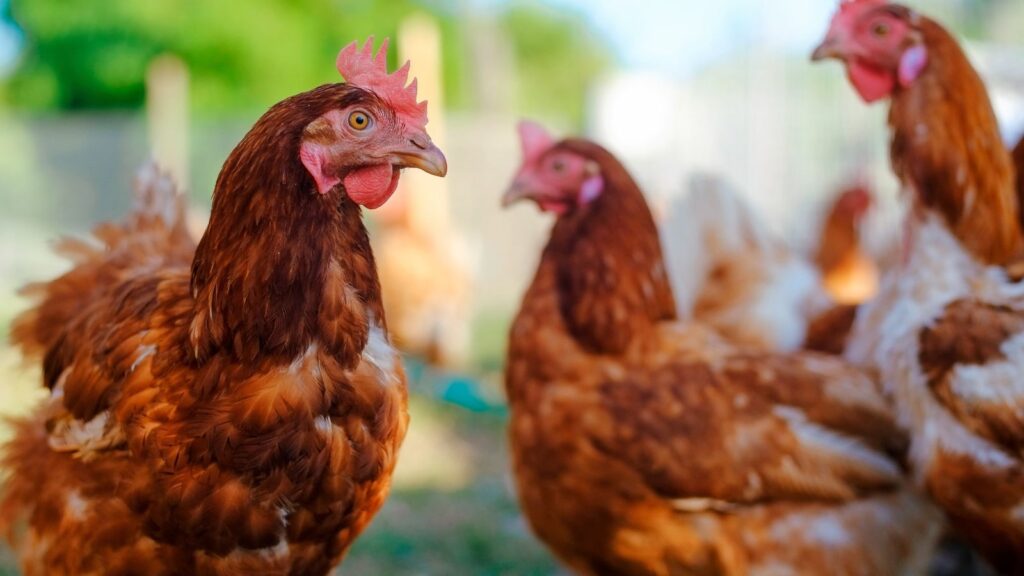
While these are but a few examples, every pattern holds unique significance within Balinese society. They’ve been intricately woven into daily life over centuries that they’re now integral parts of rituals, ceremonies, and celebrations.
In conclusion (without using comma), understanding the history behind Pengayam Ayaman Bali illuminates not only its aesthetics but also its symbolic importance within Balinese society. As you delve deeper into this captivating world replete with color and creativity; you’ll uncover layers of meaning that shed light on Bali’s vibrant culture and its people’s profound spiritual beliefs.
Techniques Used in Pengayam-Ayaman Bali
Delving into the heart of Balinese culture, you’ll discover an intricate and timeless craft known as Pengayam Ayaman Bali. This traditional weaving technique is steeped in history and requires exceptional skill to master.
Traditional Making Process
The creation process for Pengayam-Ayaman Bali is as unique as its end result. Each cage begins as a simple bamboo frame—handwoven by skilled artisans who’ve honed their craft over generations. They then proceed to apply layers of colorful paint, often choosing shades that hold special significance in Balinese culture.
But what truly sets these adorned enclosures apart are the intricate carvings etched onto their surfaces—each telling its own story inspired by local folklore or mythology. From mythical creatures to elaborate floral motifs—the diversity in design mirrors the multifaceted nature of life on this enchanting island.

Let’s dive deeper into this fascinating journey:
- Frame Construction: Artisans handcraft each cage from locally sourced bamboo—an environmentally-friendly material known for its durability.
- Painting: After construction comes painting where artisans imbue the cages with vibrant hues—each color carrying its own cultural significance.
- Carving: The pièce de résistance of every cage is its carving, where artisans etch intricate designs onto the surface—bringing each piece to life.
Pengayam Ayaman Bali isn’t just an art form—it’s a testament to Balinese ingenuity and artistic expression. Whether you’re a casual observer or an avid culture enthusiast, this traditional craft offers a fascinating glimpse into the heart of Bali’s rich heritage.
Materials Used
The materials used in this art are sourced directly from natural elements found abundantly on the island. They vary based on the specific product being woven, but typically include:
- Rattan: a versatile material known for its strength and flexibility.
- Bamboo: appreciated for its durability and lightweight nature.
- Palm leaves: they add texture and interest to the finished product.
Each material has unique characteristics that lend themselves well to different aspects of the weaving process.
Weaving Process
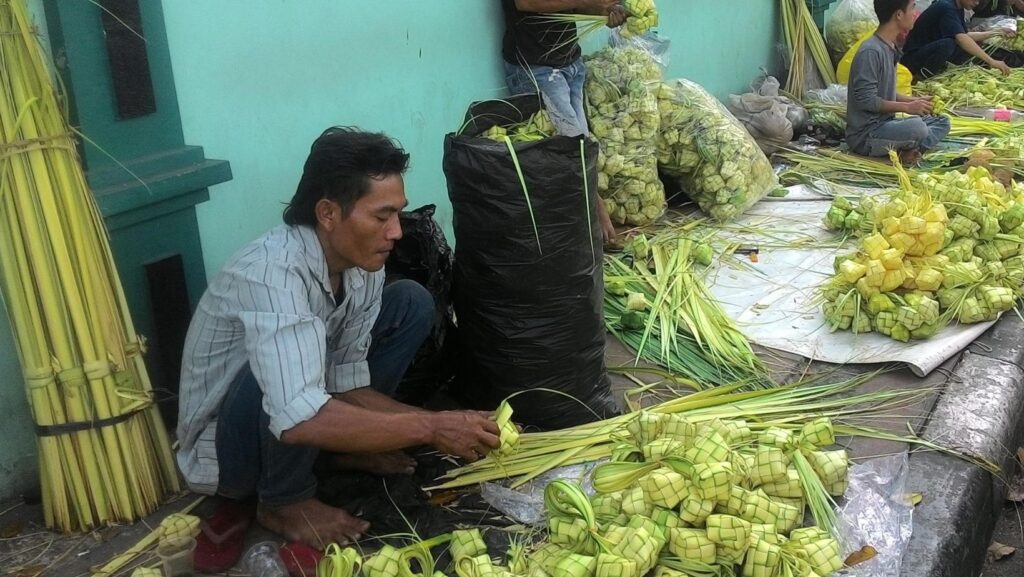
The weaving process itself is painstakingly meticulous. It begins with sorting and preparing raw materials, which often involves soaking them in water to increase their pliability. Once ready, each strand is carefully woven by hand into intricate designs that showcase both skill and creativity.
One popular technique involves creating tight coils with rattan or bamboo strands – a method requiring not only patience but also precision. Another common approach involves braiding palm leaves together, resulting in a striking pattern that’s both visually appealing.
Designs and Patterns
The designs created using these techniques are varied yet consistently beautiful. From simple geometric patterns to complex motifs inspired by local flora and fauna, each piece is imbued with deep cultural significance.
Among these patterns, some of the most beloved ones include:
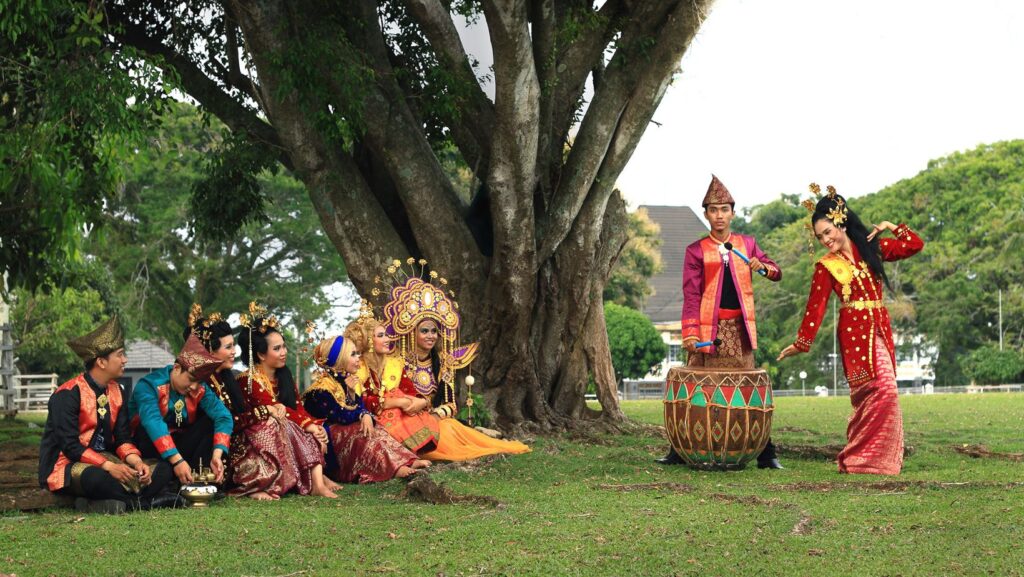
- The “ceplok” design: an interlocking geometric pattern thought to ward off evil spirits.
- The “kawung” motif: inspired by sugar palm fruit; it symbolizes fertility and purity.
Through their work, artisans not only preserve tradition but also tell stories about their community’s beliefs, values, and way of life – making every Pengayam Ayaman Bali piece an embodiment of Balinese cultural heritage.
Modern Interpretations of Pengayam Ayaman Bali
Modern interpretations of Pengayam-Ayaman Bali are rapidly gaining popularity. They’re breathing new life into this traditional Balinese craft, with innovative designs and uses popping up all over the globe. It’s an exciting evolution that showcases the adaptability and versatility of this ancient art form.
A noticeable trend is the fusion of traditional methods with contemporary aesthetics. Many designers now blend time-honored pengayam ayaman techniques with modern design principles to create striking pieces that bridge the gap between old and new. These updated versions captivate audiences, appealing to both lovers of classic Balinese culture and fans of avant-garde design.

The digital realm has also embraced pengayam ayaman. Virtual artists incorporate its intricate patterns into their work, giving the age-old craft a futuristic twist. Additionally, 3D printing technology allows for precise replication of these elaborate designs in a variety of materials, broadening their potential applications.
Moreover, sustainability-focused reinterpretations have emerged as well. With environmental consciousness on the rise globally, many artisans turn to eco-friendly materials like bamboo or recycled plastics for their creations. This forward-thinking approach aligns perfectly with Bali’s long-standing respect for nature.
Lastly, there’s been a surge in educational initiatives around pengayam ayaman bali too. From online tutorial videos to hands-on workshops at cultural festivals—there are numerous opportunities for individuals interested in learning this revered craft firsthand.
Celebrating Pengayam Ayaman Bali Today
Bali’s rich culture and history are evident in its traditional arts. One such manifestation is the Pengayam Ayaman, a unique form of Balinese craft that continues to thrive today. Let’s delve into how this art form is celebrated in contemporary times.
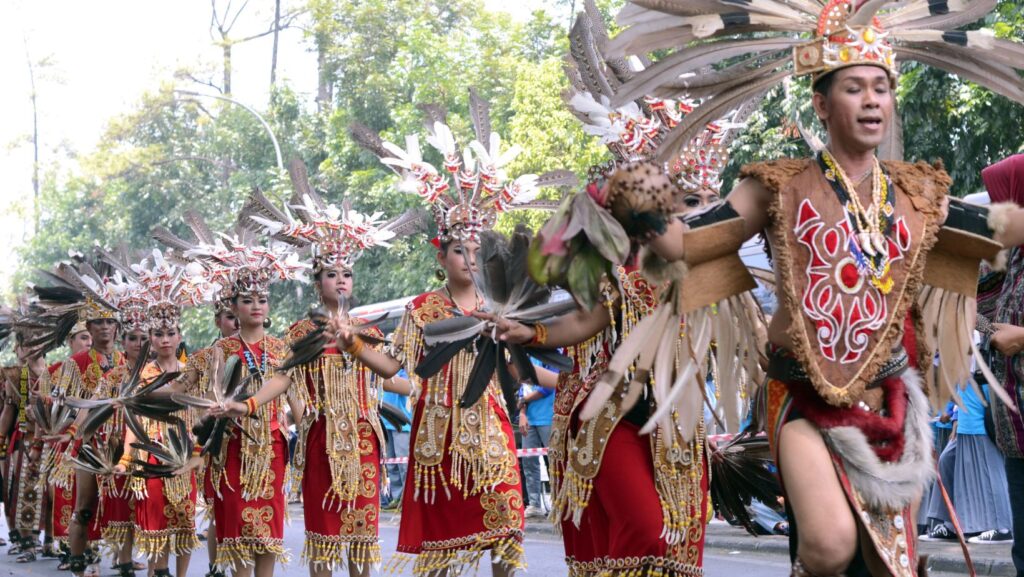
Pengayam Ayaman crafts have always been an integral part of Balinese tradition. They’re not just simple decorative pieces; they hold deep cultural significance for the locals. As we step into modern times, it’s crucial to note how these traditions are adapting yet staying true to their roots.
Today, many artisans still consider Pengayam Ayaman as their primary source of livelihood. These craftsmen pour their heart and soul into creating intricate designs, keeping the spirit of this age-old craft alive. It’s wonderful to see how modern influences haven’t diluted its essence but rather enriched it.
Various workshops and events centered around Pengayam Ayaman now grace Bali’s cultural calendar throughout the year:
- Craft exhibitions showcasing diverse pieces from different creators
- Artisan workshops where interested learners can get hands-on experience
- Cultural festivals featuring live demonstrations by skilled craftsmen
These events serve two-fold purposes: they keep the art form fresh in public memory while encouraging new generations to partake in it.
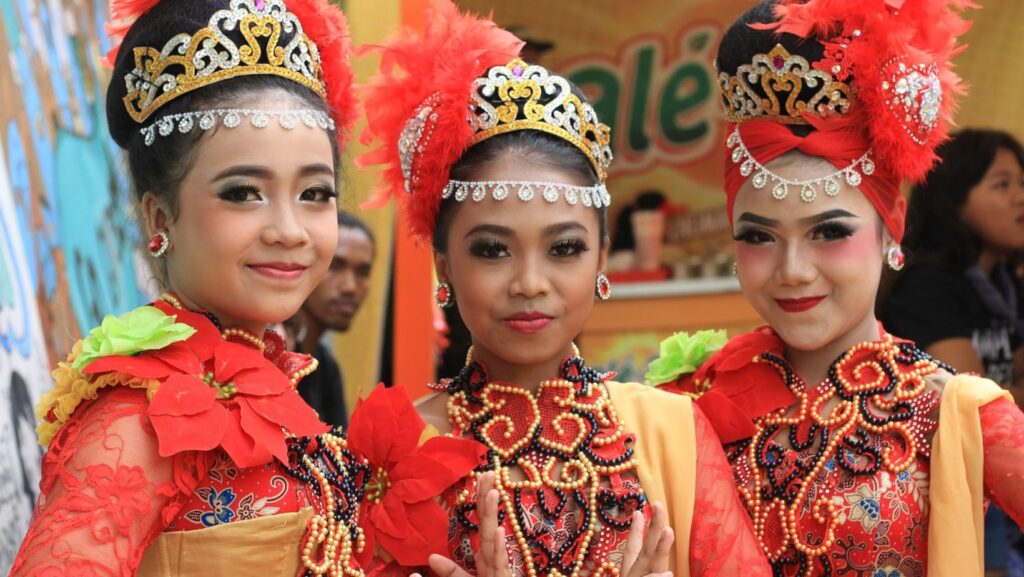
In terms of market presence, online platforms have become game-changers for Pengayam Ayaman artisans. Through e-commerce sites and social media outlets, they’ve found wider audiences both domestically and internationally. This digital expansion has led to a resurgence in popularity for these beautiful Balinese crafts.
Culinary Experience with Pengayam-Ayaman Bali
Delving into the culinary world of Bali, one can’t ignore the prominence of Pengayam-Ayaman Bali. It’s a traditional chicken dish known for its unique marinade and aromatic flavors. The gastronomical journey it offers is truly one-of-a-kind.
Popular Recipes featuring Pengayam-Ayaman Bali
In Balinese cuisine, several recipes have incorporated Pengayam Ayaman Bali due to its potential to enhance an array of dishes. One such recipe is ‘Pengayam Ayaman Sate Skewers’. This dish sees chunks of marinated chicken grilled on bamboo skewers and served alongside a spicy peanut sauce. Another popular recipe is ‘Ayam Betutu’, where the chicken is slow-cooked in banana leaves with the pengayam ayaman marinade, rendering a moist and flavorful feast.
On festive occasions, they often prepare Pengayam Roast Chicken. Marinated overnight in spices native to Bali, including coriander seeds, turmeric, tamarind paste and ginger amongst others – this roast holds a special place in Balinese households during festivals.
Local Variations and Innovations
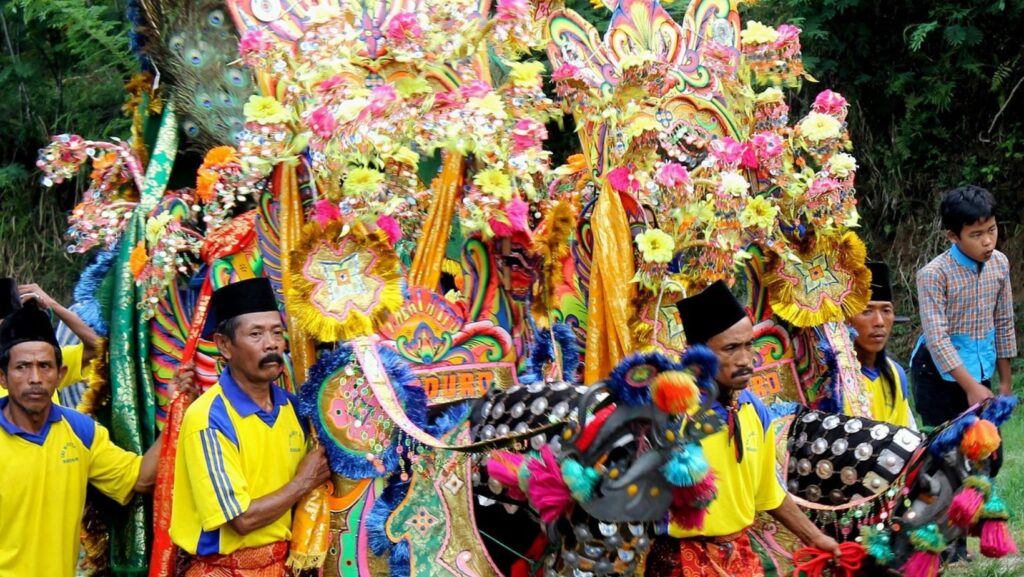
With time, local chefs have added their own twist to the classic Pengayama Ayaman recipes. They’ve created variations that not only maintain the authenticity but also cater to global palate preferences. Some prefer using coconut oil for frying instead of palm oil while others replace raw chili with sweet chili sauce for those who can’t handle too much heat.
A significant innovation has been incorporating locally sourced ingredients like lemongrass or kefir lime leaves into the marinade mix which enhances flavor profiles while promoting sustainability.
Bali’s food scene continues to thrive with these adaptations while preserving their traditional recipes’ essence. It’s this balance between tradition and innovation that makes experiencing Pengayam-Ayaman Bali so rewarding.
Health Benefits and Nutritional Value
When it comes to the health benefits and nutritional value of Pengayam-Ayaman Bali (Bali’s Yellow Chicken), there’s plenty to discuss. This particular breed of chicken, native to Indonesia, carries significant nutritional value that contributes to a healthy diet.
Nutritional Profile
Firstly, let’s look at its impressive nutritional profile. Pengayam-Ayaman Bali is known for its lean meat which is high in protein content. An essential nutrient for muscle building and repair, protein also plays a vital role in maintaining our body’s overall functionality.

In addition:
- It provides Omega-3 fatty acids – These are beneficial fats that help improve heart health.
- The meat contains iron – Iron is crucial for hemoglobin formation and oxygen transportation in our bodies.
- It’s rich in vitamins such as Vitamin B6 and B12 – Both vitamins are key players ensuring the smooth running of many crucial biological functions.
It doesn’t stop there though; this chicken also has selenium, an antioxidant that helps protect our cells from damage.
Positive Impacts on Health
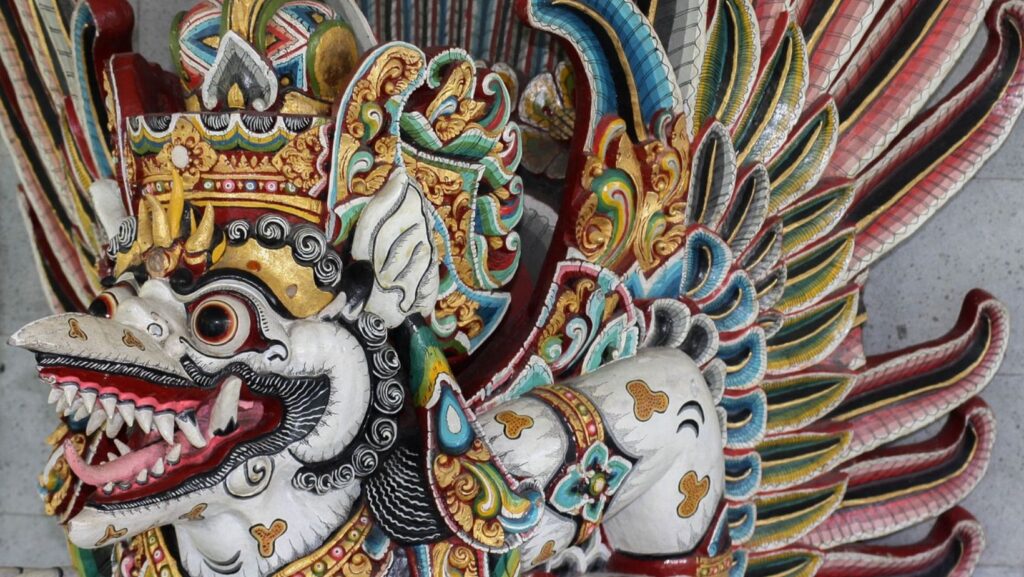
Understanding the nutritional profile leads us to appreciate the positive impacts this poultry can have on our health. Consuming Pengayam-Ayaman Bali brings several advantages due to its nutrient-rich composition.
One notable benefit includes improved cardiovascular health attributed largely to the Omega-3 fatty acids present in this breed. Regular consumption can help lower blood pressure and cholesterol levels, reducing risks associated with heart disease significantly.
Furthermore, they’re a great source of lean protein promoting muscle growth while assisting with weight management due their low fat content. Their high iron content aids combating anemia by enhancing red blood cell production.
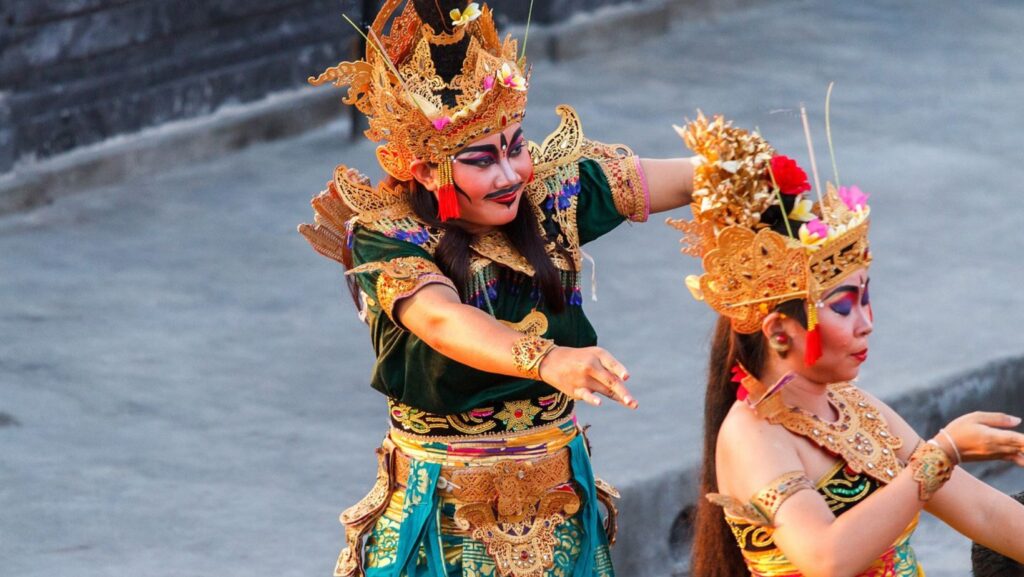
Meanwhile, those essential B-vitamins support brain function improving cognitive abilities while boosting immune system performance. And lastly but certainly not least: selenium’s antioxidant properties aid cellular protection against harmful free radicals thereby contributing towards general wellbeing and longevity.
Remember, while Pengayam Ayaman Bali boasts several health benefits, it’s crucial to consume it as part of a balanced diet. Consuming any food in moderation, paired with regular exercise and healthy lifestyle habits is the key to maximizing its potential benefits.
Must know about Pengayam-Ayaman Bali
Drawing to a close, the significance of Pengayam-Ayaman Bali can’t be overstated. It’s not just an art form, it’s an integral part of Balinese culture and tradition. This intricate craft has been passed down through generations, symbolizing the beauty of Bali’s rich heritage.
The time and effort invested into each piece are clear indicators of its value. From selecting the right materials to weaving them together with precision, Pengayam-Ayaman Bali is a labor-intensive process that requires skill and dedication.
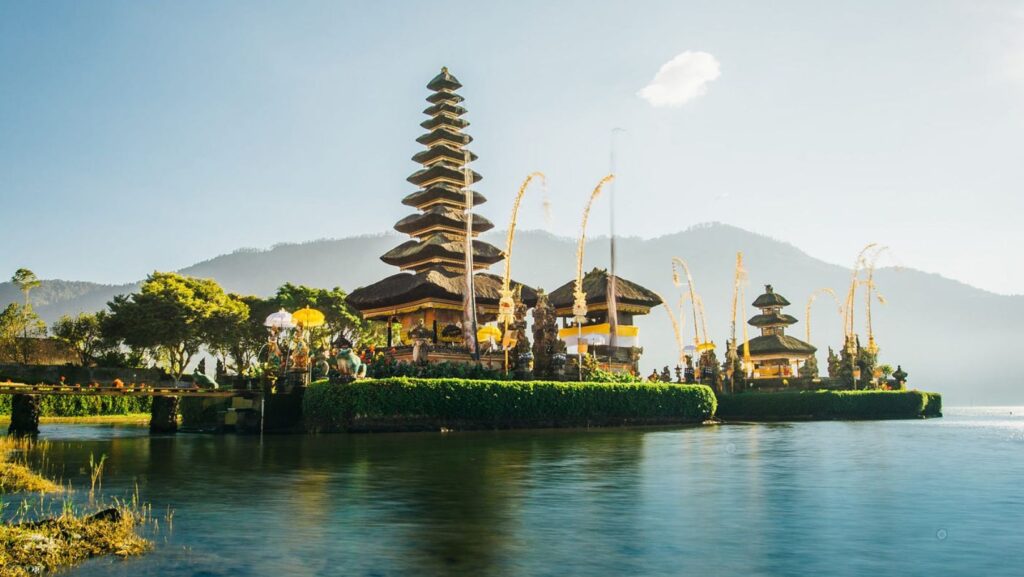
That said, it’s important to remember that this age-old practice isn’t immune to modern challenges. The rise in mass-produced alternatives poses a threat to traditional Pengayam-Ayaman Bali. Yet despite these hurdles, artisans continue their work with unwavering commitment—keen on preserving this unique expression of Balinese identity for future generations.
In terms of economic contribution:
- Pengayam-Ayaman Bali provides local employment opportunities.
- It promotes eco-tourism by using sustainable materials and methods.
- Artisans’ handmade products often fetch higher prices due to their authenticity and quality.
| Economic Contribution | Details |
|---|---|
| Employment Opportunities | Pengayam-Ayaman Bali artisans provide jobs within local communities |
| Promotion Of Eco-Tourism | Sustainable practices attract environmentally-conscious tourists |
| Higher Prices For Handmade Products | Authenticity and craftsmanship increase market value |
To summarize:
- Pengayam-Ayaman Bali plays a critical role in preserving cultural heritage.
- Its production process showcases both skills mastery and environmental consciousness.
- Despite modern threats, there remains a strong determination among practitioners to keep the tradition alive.
In essence, understanding “pengayam ayaman bali” offers us valuable insight into Balinese culture—a testament to human creativity that continues to inspire.

Founded by Sophia Rodriguez, IGXO Cosmetics is a PETA-certified, cruelty-free, and vegan makeup brand.





